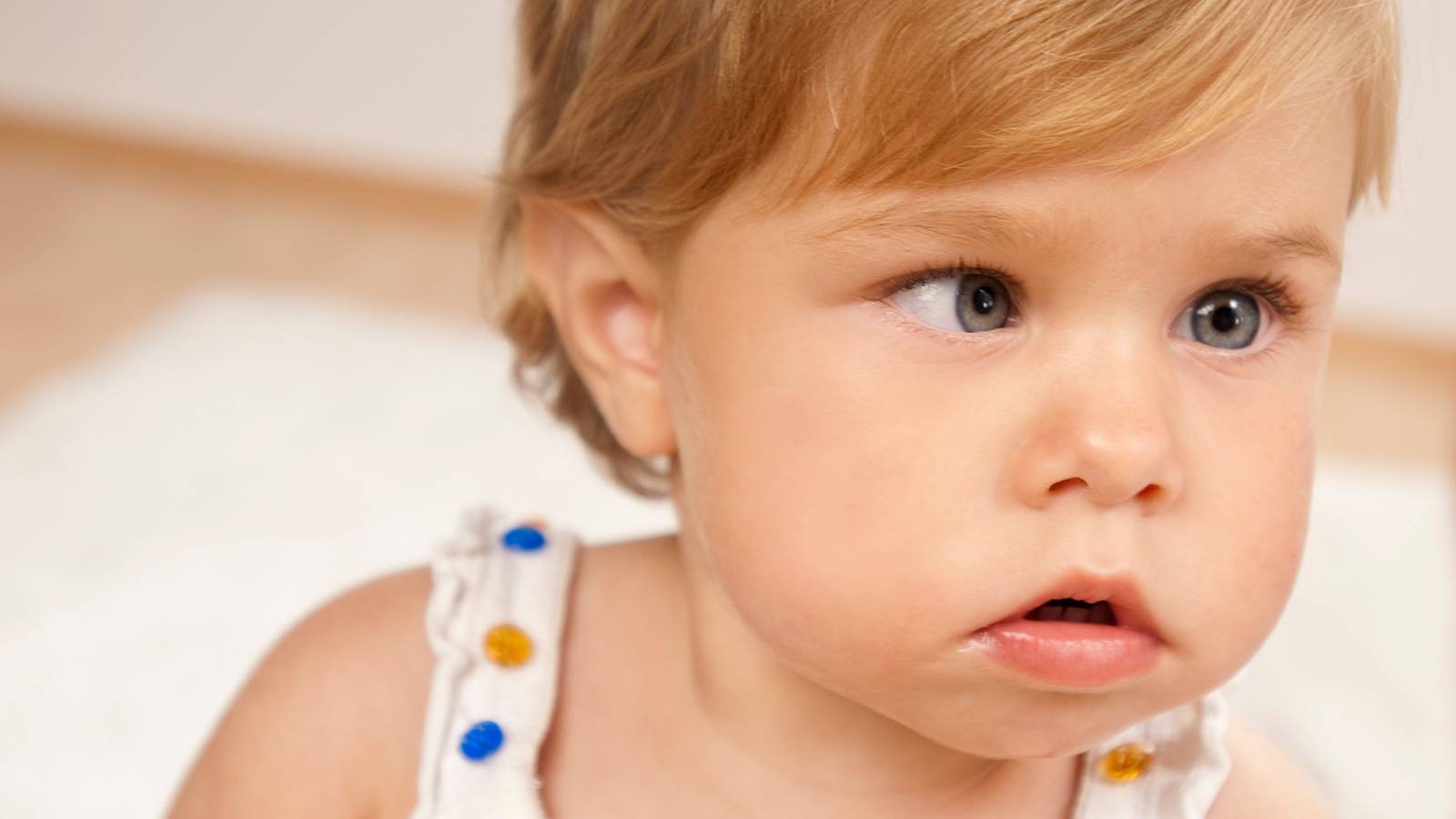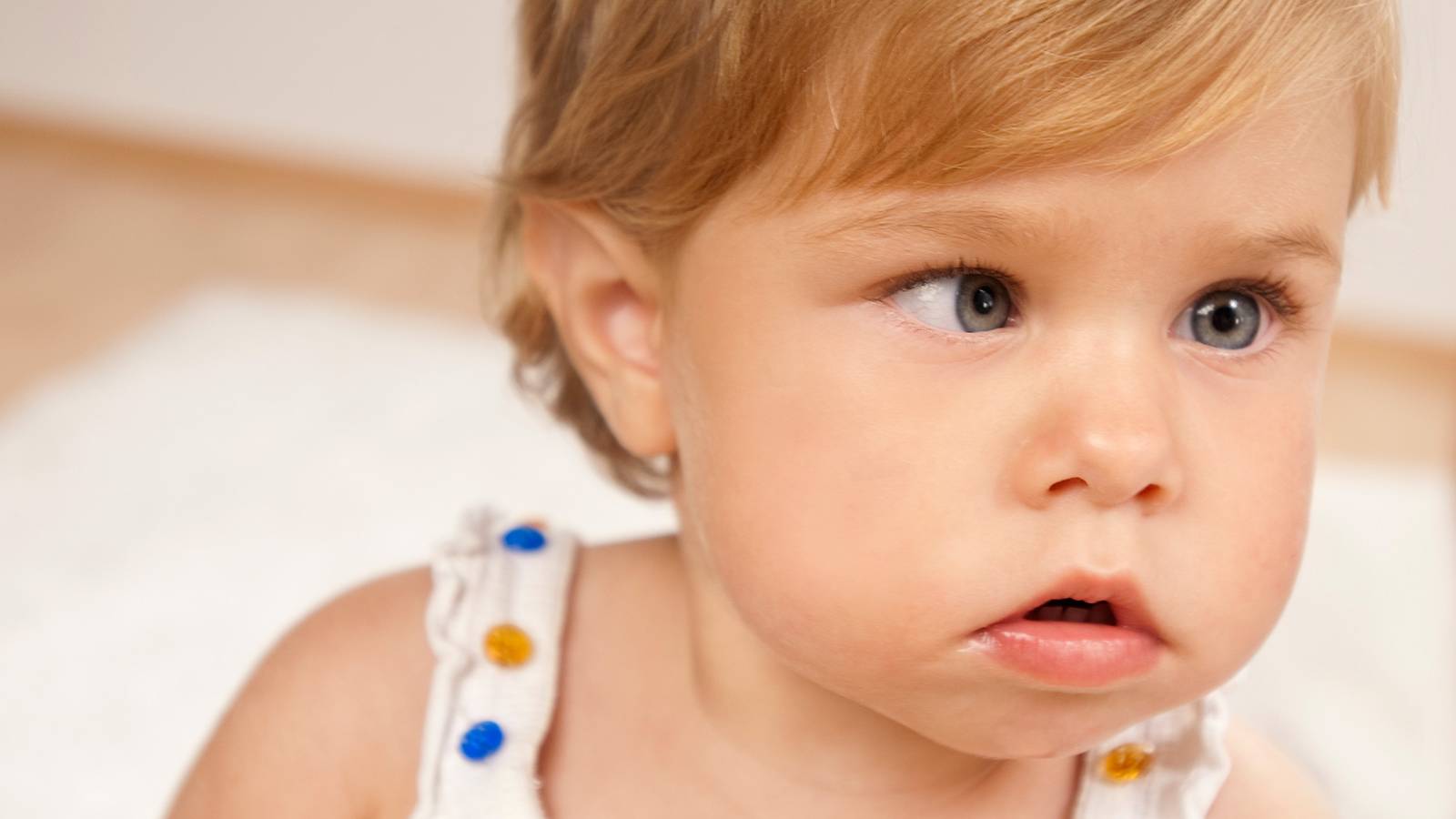Find out which signs indicate that your tot has a lazy eye, then nip this issue in the bud.

Your baby’s sense of sight will be better developed than his hearing when he’s about 6 to 8 months old. Even so, you shouldn’t overlook the importance of getting your mini-me’s eyes tested during your routine paedi visits.
Routine eye exams can allow the doc to check for common childhood eye problems such as amblyopia — also known as lazy eye — which can start in infancy or early childhood. This issue usually starts when one eye has much better vision than the other.
Mount Elizabeth Hospital ophthalmologist Dr Chua Wei Han stresses that eye screening should start early. “If untreated, the impaired vision from a lazy eye will be lifelong.”
“There are other forms of amblyopia that may not be obvious to parents and therefore must be detected by regular vision or eye screening.”
A recent study of local Chinese children aged from 1½ to 6 years found that about 1.2 per cent of them suffer from lazy eye, Dr Chua notes. Their peers from other countries reported rates of between 0.8 and 2.6 per cent.
An obvious sign of a lazy eye is when one or both of junior’s eyes are misaligned, so your tot may look a little crossed-eyed. Dr Chua points out that your child may also appear to move very close to objects or squint his eyes to see things. “Still, there are other forms of amblyopia that may not be obvious to parents and therefore must be detected by regular vision or eye screening.”
Dr Chua tackles commonly asked questions about lazy eye…
What causes amblyopia?
Refractive errors resulting in an imbalance between the two eyes, severe refractive errors like high levels of astigmatism, strabismus or squinting, and congenital conditions like cataracts and severe droopy eyelids are all possible causes of lazy eye.
Can amblyopia occur in both eyes?
Yes, amblyopia can occur in both eyes. But having amblyopia does not necessarily mean that the child is blind. Amblyopia can be mild, moderate or severe in one or both eyes.
What are common treatment options for lazy eye?
We will start by treating the underlying cause where possible. For instance, wearing spectacles to correct refractive errors, advising surgery to correct squints or to remove the cataract. Other solutions also include patching the good eye or using atropine eye drops to blur the vision in the good eye.
Is it true that a child usually reaches “visual maturity” — full development of his vision — at age 8?
It has been thought that the best time to treat amblyopia is during infancy or early childhood before the eyes and the entire visual system, including the brain, reaches “maturity”. In the past, the cut-off age for treating amblyopia was thought to be anywhere from 7 to 12 years of age. Older children are also regarded as too old and treatment would be futile. However, a recent study has demonstrated that older children and teenagers with amblyopia may still benefit from treatment. In the study, about 50 per cent of children aged 7 to 17 had improved vision after treatment.
Any other problems that may arise when a child is too reliant on one eye?
If amblyopia is not treated, the vision in the affected eye will be permanently impaired. Consequently, depth perception will be affected. If, at any time, the good eye becomes affected by disease or injury, significant lifetime disability may result.
Photo: iStock
Like us on Facebook and check SmartParents regularly for the latest reads!
In case you missed these reads…
EXPERT ADVICE: Cleaning your tot’s ear and earwax
“I check my son’s body for blisters daily”
How to teach junior not to waste water [Infographic]
